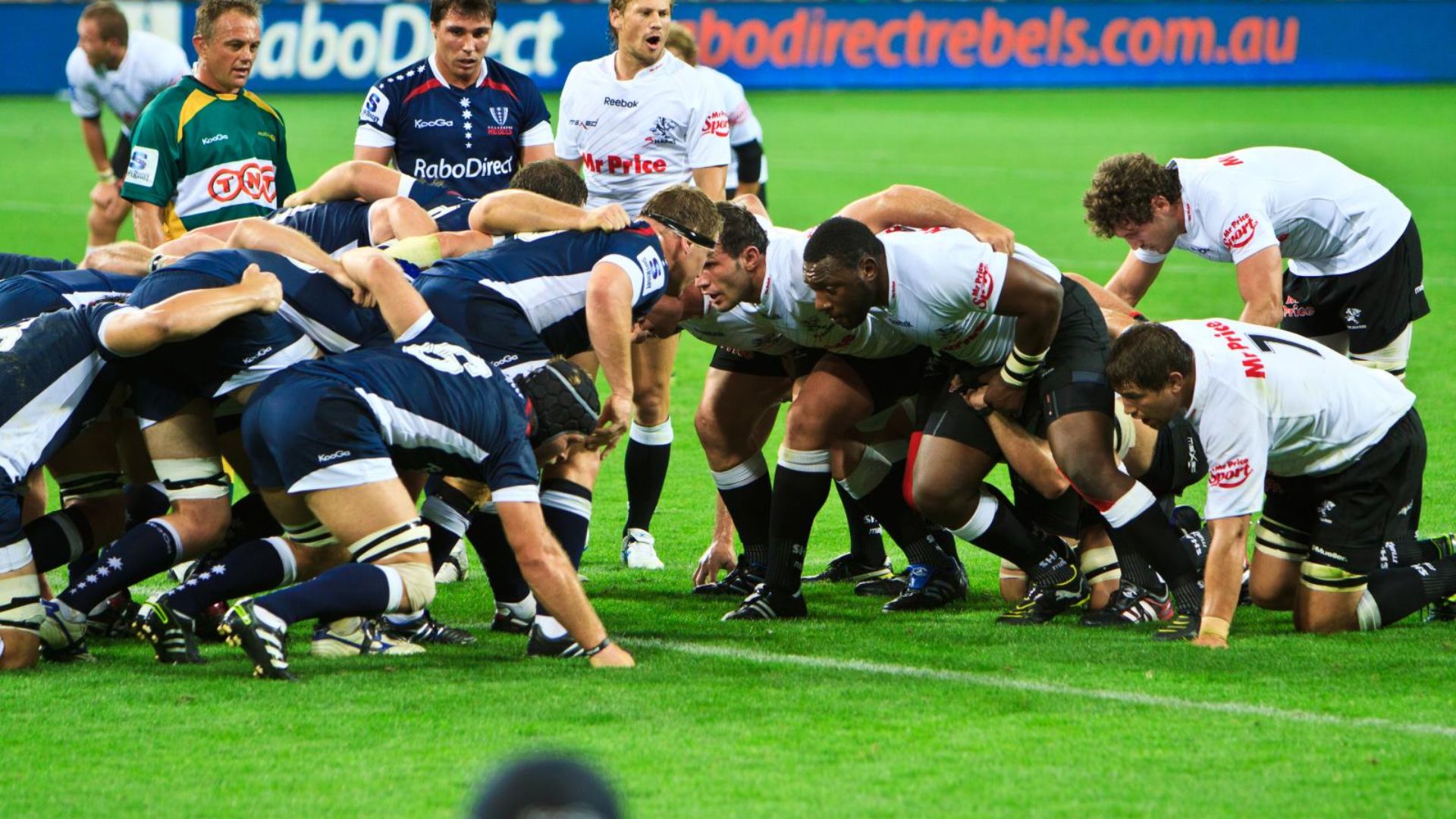The professionalization of rugby union in 1995 was revolutionary.
This tale has influenced the sport we adore today.
Let’s explore the details of this significant development and what it means for rugby.
The Amateur Era: Traditions and Challenges

Rugby union was all about amateur spirit for over a century.
Players weren’t paid, and that was a point of pride.
But behind the scenes, things weren’t so simple.
“Shamateurism” was an open secret – players getting perks and under-the-table payments.
Will Carling, England’s captain during this time, once quipped about being “amateur in name only.”
The Winds of Change
By the early 90s, pressure was building.
Rugby league, the pro cousin of union, was luring top talent with cash.
TV networks were hungry for more rugby content, waving big bucks.
Vernon Pugh, the chairman of the International Rugby Board (IRB), saw the writing on the wall.
August 26, 1995: The Official Launch of Rugby Union
It was not your typical summer’s day.
The IRB declared rugby union open for business.
Suddenly, player contracts were legal.
Clubs could pay salaries without hiding it.
The sport entered a new era overnight.
Immediate Shockwaves
The changes hit fast and hard.
Stars like Jonah Lomu became household names and marketing goldmines.
Clubs started throwing serious cash at players.
The Five Nations Championship saw a surge in TV deals and sponsorships.
The Millennium Stadium, the amusing Twickenham, and the charming Eden Park, evolved from being merely locations to becoming sought-after properties for advertising purposes.
Growing Pains and Uncharted Territory
Not everything was smooth sailing.
Some clubs overspent and faced financial troubles.
The gap between rich and poor nations widened.
But new opportunities emerged too.
Super Rugby kicked off, bringing pro rugby to the Southern Hemisphere.
The Rugby World Cup became a massive global event.
The Long Game: 25+ Years On

Fast forward to 2024, and pro rugby’s come a long way.
World Rugby (formerly the IRB) is raking in over $500 million annually.
Player welfare’s improved, with better medical care and career support.
The global rugby market’s expanding, with new fans in places like Japan and the USA.
But challenges remain.
Balancing tradition with commercialization is an ongoing tug-of-war.
Some nations struggle to keep up with the financial arms race.
What’s Next for Professional Rugby Union?
The sport’s still evolving.
Emerging markets offer fresh opportunities for growth.
Tech’s changing how we watch and play the game.
The quest for a truly global rugby calendar continues.
After being professional in 1995, rugby union has had an incredible journey.
The Effect on Gamers: From Novices to Experts
The shift to professionalism changed players’ lives dramatically.
Rugby suddenly became a career rather than just a pastime.
As rugby’s first international celebrity, Jonah Lomu inked deals that would have been unthinkable in the amateur period of the game.
However, it went beyond money.
Better dietary, medical, and training resources were now available to players.
Careers lasted longer, and performance levels soared.
The Business of Rugby: Following the Money
Professionalism opened the floodgates for commercial interests.
The Rugby Football Union (RFU) and New Zealand Rugby Union (NZRU) led the charge in monetizing the sport.
Broadcasting rights became a goldmine.
The Six Nations Championship (formerly Five Nations) saw its value skyrocket.
Sponsorships on jerseys and stadium naming rights became the norm.
International Rugby: A New Landscape
In the professional era, the 1987 Rugby World Cup really came of age.
It was the tenth World Cup in 2023—the first since professionalism began.
The competition has grown into a huge spectacle that draws millions of spectators and brings in a sizable sum of money.
However, professionalism also resulted in a wider divide between tier-one and tier-two countries.
Club Rugby’s Transformation
Professional club rugby exploded onto the scene.
Leagues like England’s Premiership and Super Rugby in the Southern Hemisphere became big business.
Player transfers and salary caps became hot topics.
Some traditional clubs struggled with the new financial realities.
Others prospered, drawing elite athletes and erecting cutting-edge stadiums.
The Continual Discourse: Customs vs Commercialization

Rugby continued to reflect after 1995.
Purists worry about losing the sport’s core values.
Others argue professionalism‘s made rugby more competitive and entertaining.
Finding the right balance remains a challenge.
World Rugby grapples with issues like player release for international duty and creating a global calendar.
Technology and Innovation in Professional Rugby
Professionalism‘s brought cutting-edge tech to rugby.
Video analysis has become crucial for teams and referees.
Wearable tech tracks player performance and helps prevent injuries.
Social media’s changed how fans interact with the sport.
Virtual reality and augmented reality are opening new frontiers in training and fan engagement.
The Future: Rugby’s Global Ambitions
As we look beyond 2024, rugby union’s professional journey continues.
The sport’s pushing into new markets like the USA and Japan.
Women’s rugby is growing rapidly, with increasing professionalization.
Rugby sevens at the Olympics is one example of an innovation that has expanded the sport’s appeal.
Sustainability and climate change are increasingly important factors for the future of the sport.
Conclusion: Rugby’s Professional Era – A Work in Progress
The decision to go professional in 1995 forever changed rugby union.
It has resulted in great highs, including record-breaking World Cups, incredible athletic achievements, and a global sport.
However, it has also brought difficulties, such as monetary strains, unequal competition, and questions regarding the identity of the sport.
Rugby has to keep evolving while paying tribute to its rich history.
Even while the professional era is almost thirty years old, it’s still very much in its infancy.